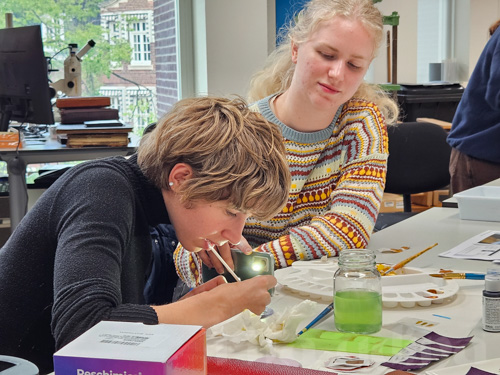Rita Udina
I studied at the ESCRBCC (Superior School for Heritage Conservation of Catalonia) in Barcelona, specializing in Book and Paper. After a couple of years working at the National Archive of Catalonia and the Library of the University of Barcelona I founded this conservation lab. It was 1999. Since then I work for institutions, corporations and private collectors. A wide experience gives me the necessary perspective to adapt to the particularities of each project. I work on paper artwork and written heritage covering a wide range of artefacts.
Rita Udina
I studied at the ESCRBCC (Superior School for Heritage Conservation of Catalonia) in Barcelona, specializing in Book and Paper. After a couple of years working at the National Archive of Catalonia and the Library of the University of Barcelona I founded this conservation lab. It was 1999. Since then I work for institutions, corporations and private collectors. A wide experience gives me the necessary perspective to adapt to the particularities of each project. I work on paper artwork and written heritage covering a wide range of artefacts.
References








